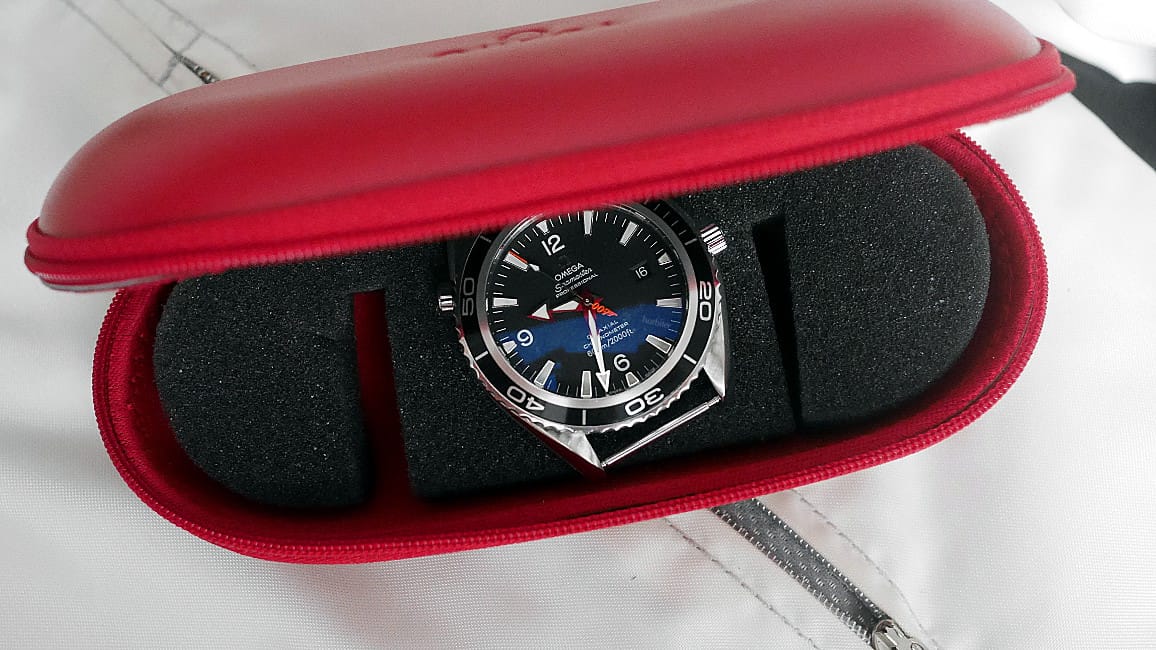Purchasing a new watch is, luckily, still an emotional experience; it is one of those rare cases when you can put aside for a moment your rational consciousness, at least during that 30-minute-long-visit to the boutique where you will end up buying that watch that you have already seen on the Internet, in a magazine or maybe wrapped around your best friend’s wrist.
When your spending goes over the 2000-euro-threshold (an amount of money that I consider the entry ticket to the “affordable luxury zone”), a new mindset automatically starts to build up in your mind and it immediately takes you to think that what you are going to purchase will stay intact forever, no matter what use you make of it.
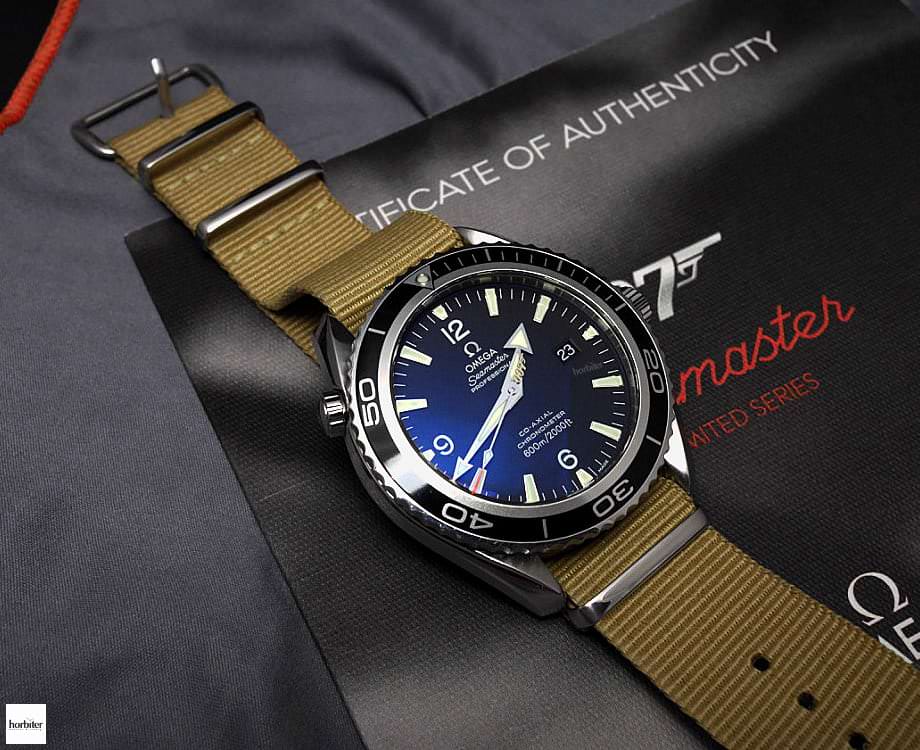 In 2007 I purchased my second Omega watch; the Omega Planet Ocean Casino Royale 007. It is a limited-edition-timepiece that marked the beginning of a new James Bond era, the one dominated by Daniel Craig that, at least from a film-making point of view, ended last month with the release of the new movie “Spectre“.
In 2007 I purchased my second Omega watch; the Omega Planet Ocean Casino Royale 007. It is a limited-edition-timepiece that marked the beginning of a new James Bond era, the one dominated by Daniel Craig that, at least from a film-making point of view, ended last month with the release of the new movie “Spectre“.
That particular timepiece has marked an important part of my life too, when I purchased it, I had left my native city to move to another place for the second time and 8 years after I am still living in Milan. My watch has endured a lot (you can read the article that I wrote about it on here).
It survived seven consecutive summer holidays at sea, cold temperatures in the mountains and about 365 days per year wrapped around my wrist while driving my motorbike. Despite all these “adventures” it had never been serviced before.
Although watch manufacturers have dramatically improved both the quality standards and durability of their products, when it comes to timepieces (mechanic ones in particular) you need to make sure that you have them serviced and checked on a regular basis, most of all when you are not taking particular care of them (for instance when you simply rinse them with fresh water after spending an entire day at sea).
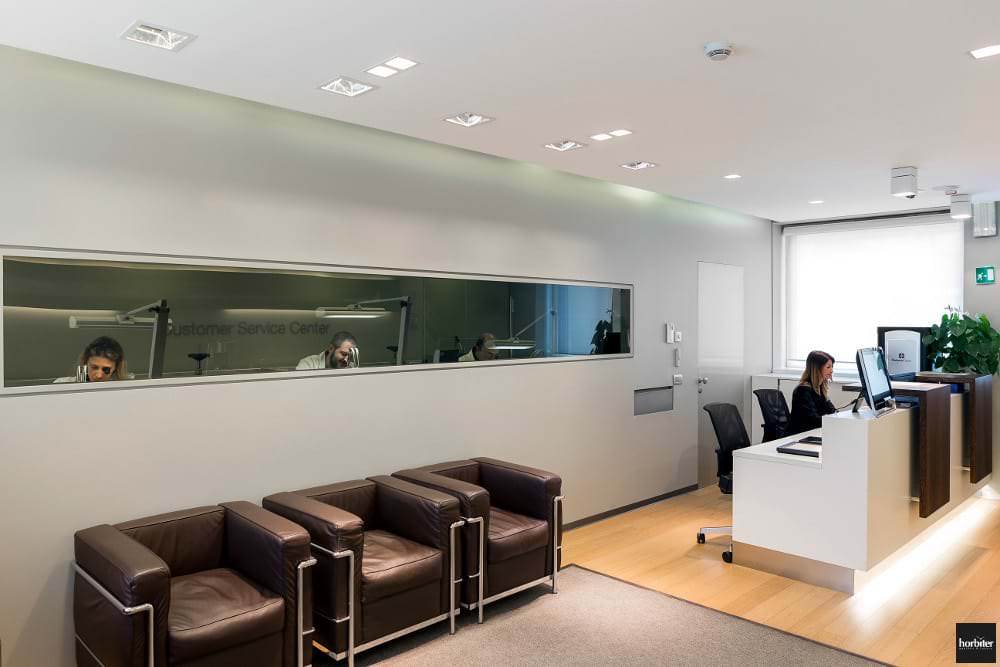 Two weeks ago I took my Omega to the Swatch Group Customer Service Italy where I had the chance to learn a bit more about those tasks that used to be performed (at least some of them) either in the boutique or in the head office.
Two weeks ago I took my Omega to the Swatch Group Customer Service Italy where I had the chance to learn a bit more about those tasks that used to be performed (at least some of them) either in the boutique or in the head office.
Today these activities have all been centralized in Milan and are routinely performed in some selected centres located in different parts of Italy, these centres have been awarded a special Swatch Group certification following selective and hard assessments.
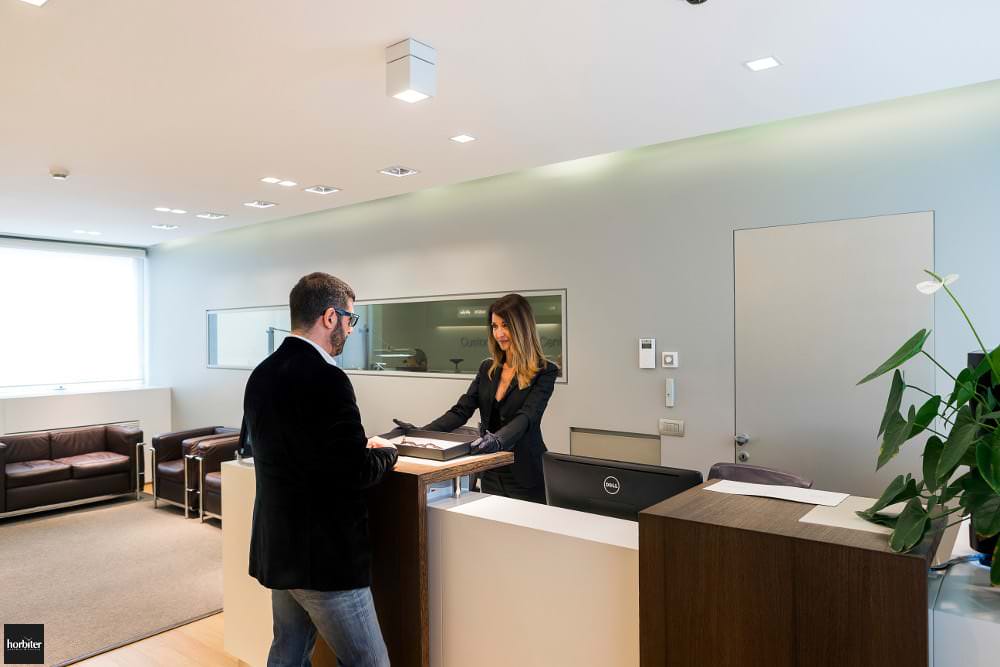 The will to guarantee constant support to its clients and to maintain high-quality-standards are the main reason behind the idea to create a reference centre in Italy, an organization that counts over 50 employees between front desk agents, technicians and logistics operators, it is a company inside a company that performs every customer service task on behalf of all the brands belonging to the Swatch Group.
The will to guarantee constant support to its clients and to maintain high-quality-standards are the main reason behind the idea to create a reference centre in Italy, an organization that counts over 50 employees between front desk agents, technicians and logistics operators, it is a company inside a company that performs every customer service task on behalf of all the brands belonging to the Swatch Group.
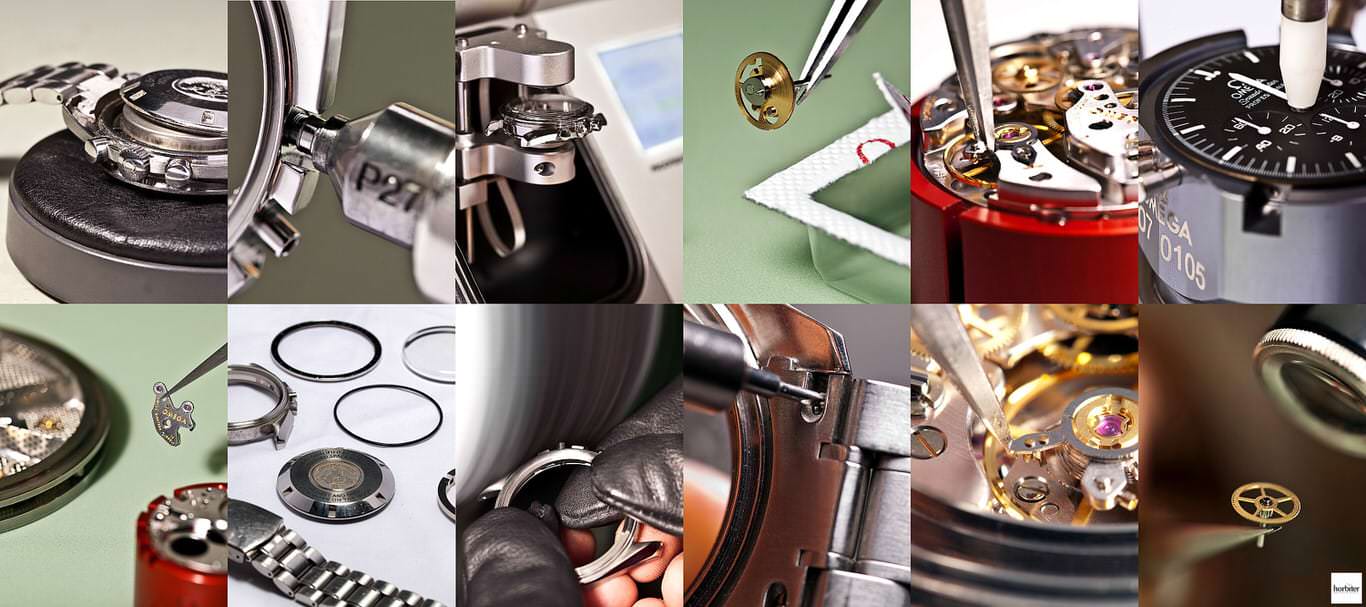 Bringing together every servicing activity allows the manufacturer to have direct control over the whole customer service process that, when it comes to a complete servicing assessment, translates into 26 standard and certified steps which can be viewed online on the Omega website.
Bringing together every servicing activity allows the manufacturer to have direct control over the whole customer service process that, when it comes to a complete servicing assessment, translates into 26 standard and certified steps which can be viewed online on the Omega website.
According to different factors (like the mechanic complexity of the watch being serviced, its conditions and its year of production) additional steps might be necessary and, in some cases, the involvement of the head office might be required.
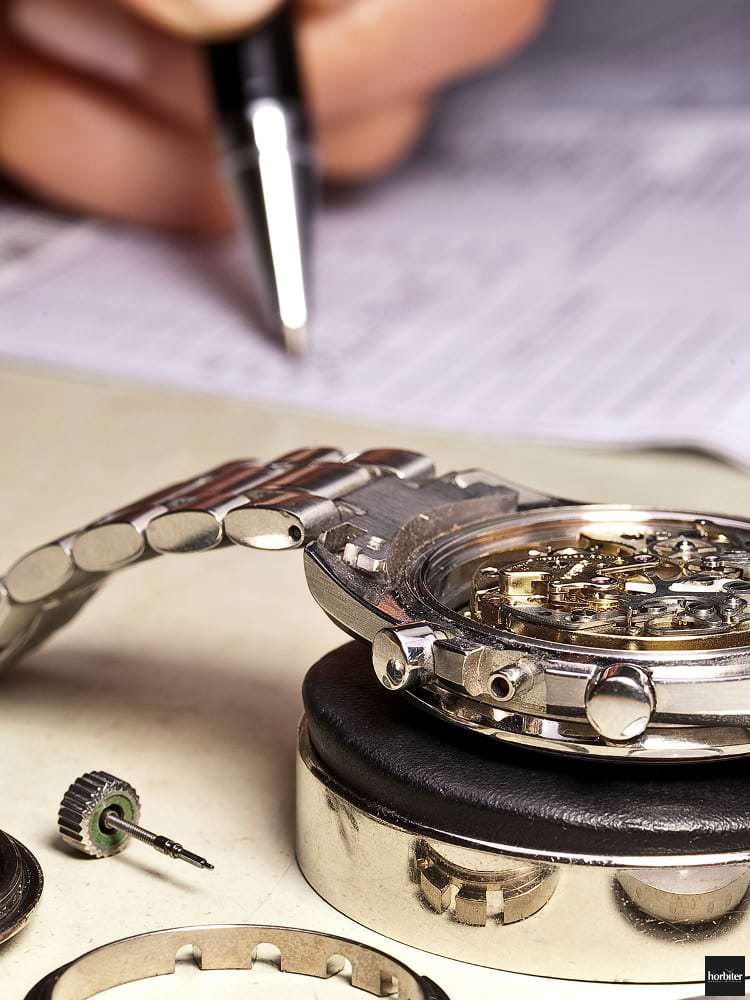 The watch is initially tested “As-Is”, that is to say in the very same conditions that the client has brought it in and is subsequently disassembled. The case and the mechanism are separated, the case’s main function is aesthetic but it also ensures that your watch is watertight, therefore it is carefully cleaned and worn out components (like o-rings) are replaced, all components are then put back together and both the case and the glass undergo impermeability tests.
The watch is initially tested “As-Is”, that is to say in the very same conditions that the client has brought it in and is subsequently disassembled. The case and the mechanism are separated, the case’s main function is aesthetic but it also ensures that your watch is watertight, therefore it is carefully cleaned and worn out components (like o-rings) are replaced, all components are then put back together and both the case and the glass undergo impermeability tests.
The mechanism is entirely disassembled, worn-out or malfunctioning parts are replaced and then the mechanism is put back together, lubricated and tested. The same thing happens to the dial; it is initially checked and worn-out or damaged components are replaced.
I tried to summarize here the 26 steps that can be viewed on the corporate video on the Omega website, rigid procedures regulate these steps and they follow a logic flow that starts with the client handing in their watch for servicing and that ends with the Customer Service Centre handing back the serviced and tested watch to the client.
All tasks are performed in an almost aseptic environment that resembles that of a pharmaceutical company, everything is perfectly managed, like, for instance, the precise cataloguing of spare parts, whose availability is paramount to guarantee that service levels are met (the timeframe that starts when the watch is handed in and then handed back, in my case it totalled about one week).
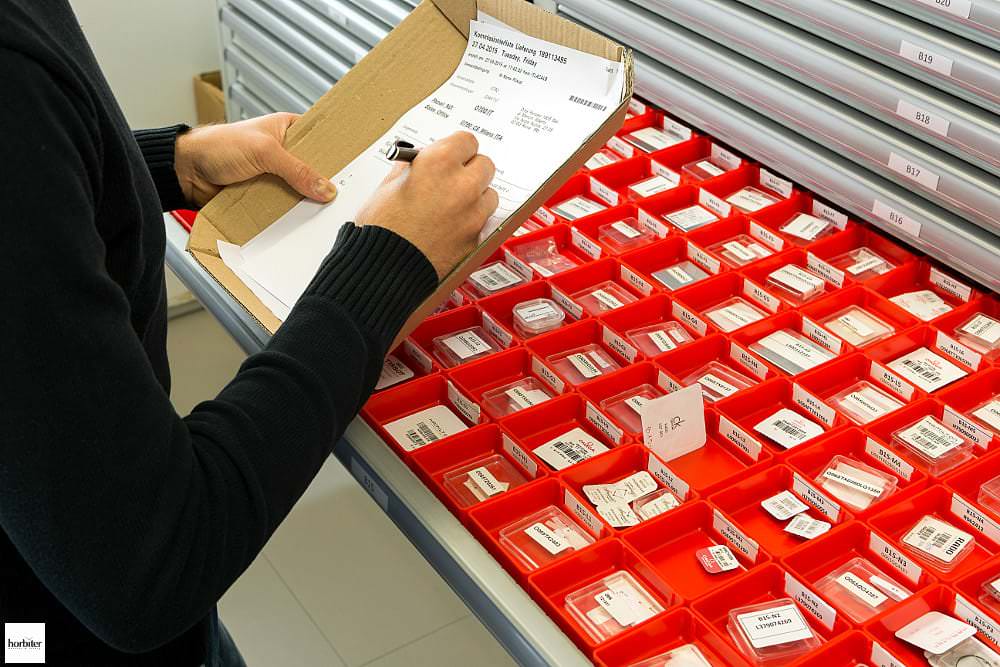 If I compare the conditions of my watch before and after the servicing treatment, I can well say that my Omega Planet Ocean Casino Royale 007 has been brought back to its original splendour.
If I compare the conditions of my watch before and after the servicing treatment, I can well say that my Omega Planet Ocean Casino Royale 007 has been brought back to its original splendour.
It came back in a red case sealed by a zip lock and decorated with the Omega logo; one of those little presents that always make watch fans happy and that might have even some collector value. I also received the results of the final test performed on my watch where the Customer Service Centre technicians listed the timekeeping performance of my timepiece that is COSC certified as a chrono.
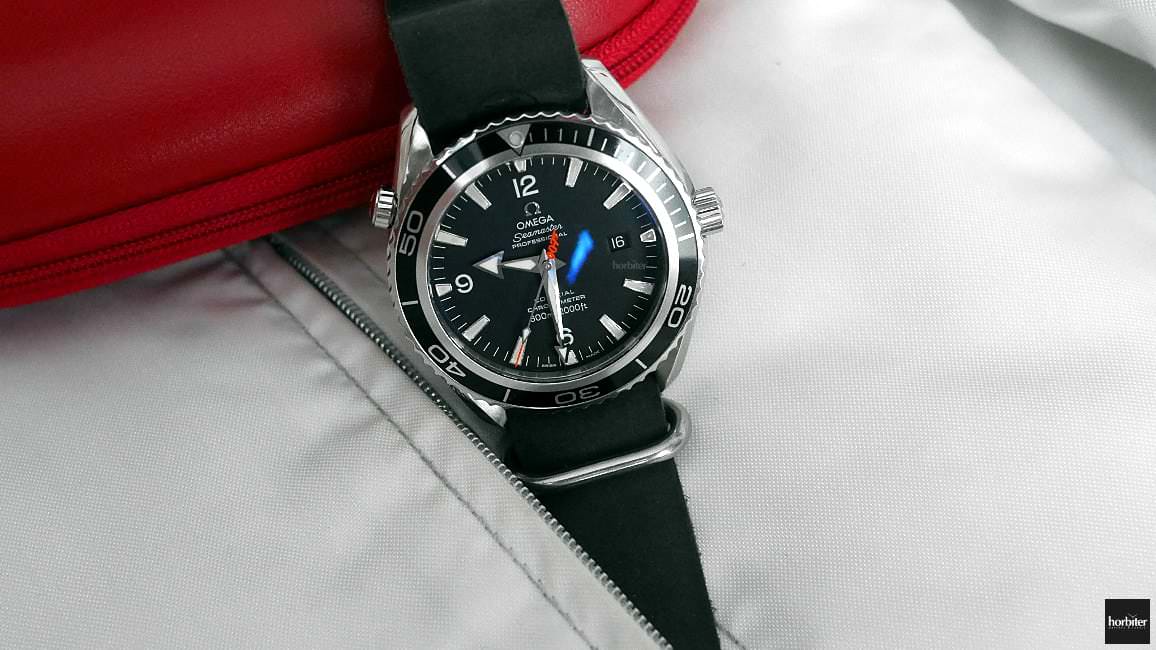 I am a bit curious to find out how these checks/tests will evolve in the coming years when most of the Omega production (if not all of it) will switch to the Master Chronometer certification standards.
I am a bit curious to find out how these checks/tests will evolve in the coming years when most of the Omega production (if not all of it) will switch to the Master Chronometer certification standards.
This will open a new and interesting scenario because the client will become even more important in the eyes of the Customer Service Centre that will provide us with even more pioneering servicing offers that are currently unprecedented in the watch industry.
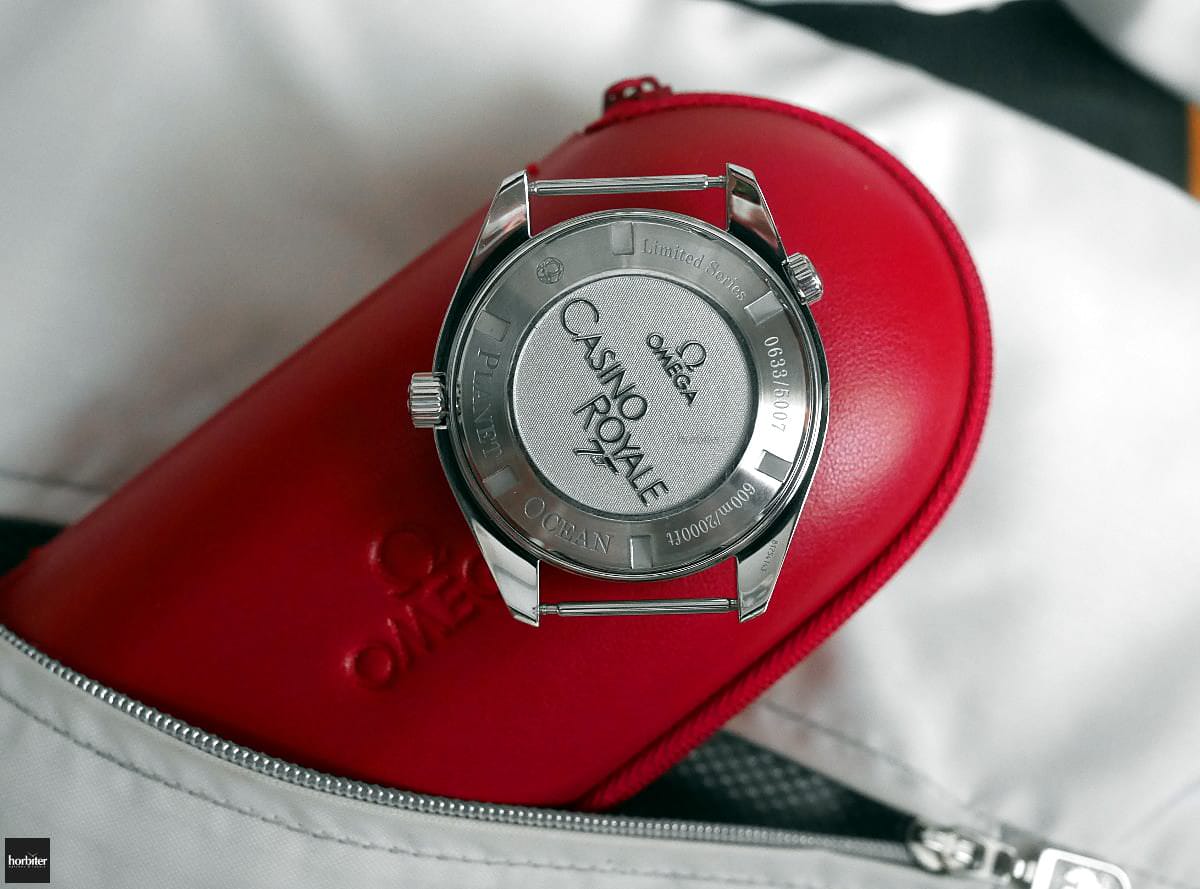 For example, I would love to see in a video all the tests that have been performed on my Omega; it would be some sort of testimony to all the complicated and long steps that have brought it back to its original conditions.
For example, I would love to see in a video all the tests that have been performed on my Omega; it would be some sort of testimony to all the complicated and long steps that have brought it back to its original conditions.
This video would be useful to show to those skeptical clients the hard work that lies behind an estimate that, sometimes, might look a bit too expensive; high-quality manual craftsmanship and the use of advanced technologies that can be compared to those used to craft the watch, a flow of operations where nothing is improvised but is strictly regulated by aerospace-like-precision rules.
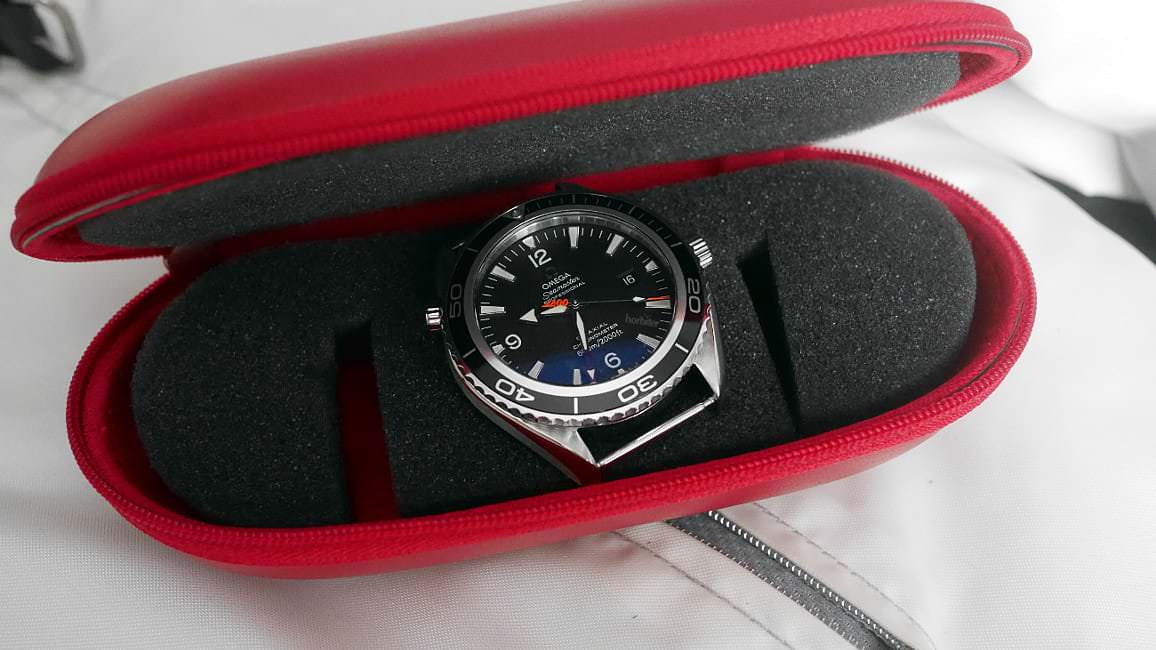 In my opinion there is also another point to consider: the emotional mindset that we put on when we buy a new watch needs to be rational and we cannot expect that an item will last forever, we need to start think differently.
In my opinion there is also another point to consider: the emotional mindset that we put on when we buy a new watch needs to be rational and we cannot expect that an item will last forever, we need to start think differently.
Naturally we don’t tend to think how our watch will perform in 10 years’ time and, when it comes to routinary servicing checks or accidental breaks of a part of our watch, we don’t tend to rely on a client-dedicated Customer Service Centre; this mindset needs to change.
(Photo credit: Omega Watches; Horbiter®)
Gaetano C. @Horbiter®
